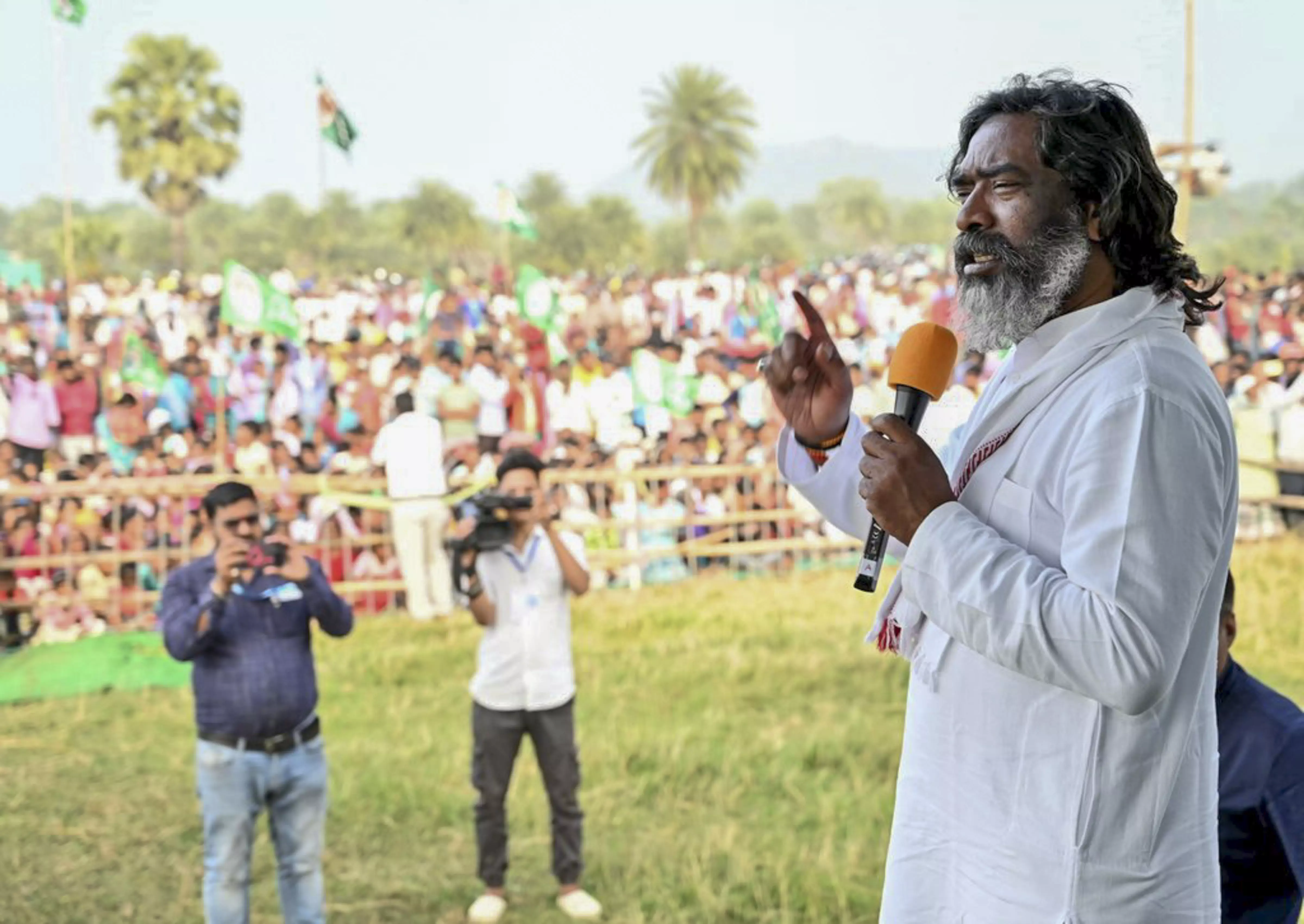On 25 June 1975, India was plunged into two dark and turbulent years, when prime minister Indira Gandhi quelled anti-government protests by declaring a state of emergency during which opposition leaders were jailed, civil liberties were suspended, and thousands of people were arrested. As The Times of India recalled six months later, “no tanks rolled, no guns roared..
. It was a swift and silent constitutional step which brought about immediate results. The protest marches that rocked Indian cities on an almost daily basis, the wild scenes enacted by members of the opposition in the Houses of Parliament, the burning of buses and constant strikes suddenly vanished.
” Towards the beginning of the Barbican’s new exhibition, The Imaginary Institution of India: Art 1975-1998 , Gulammohammed Sheikh’s painting Speechless City (1975) recreates the disconcerting silence of those dark days. Elegant almost-silhouettes of dogs, cattle and chickens recall Indian miniature painting, and roam in and out of doors and windows gaping open like blackened wounds on houses drifting untethered across a flat space. Houses, construction, and the places of safety and comfort we nurture and protect as our own are a recurring motif in The Imaginary Institution of India – bricks are even used in the exhibition design to create an evocative background texture to a show that explores how the edifice of India’s Constitution, built on ideals of justice, equality and liberty, was subjected to repea.


















